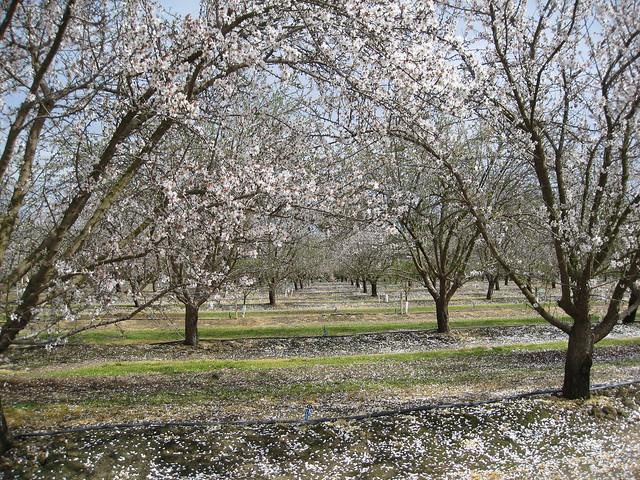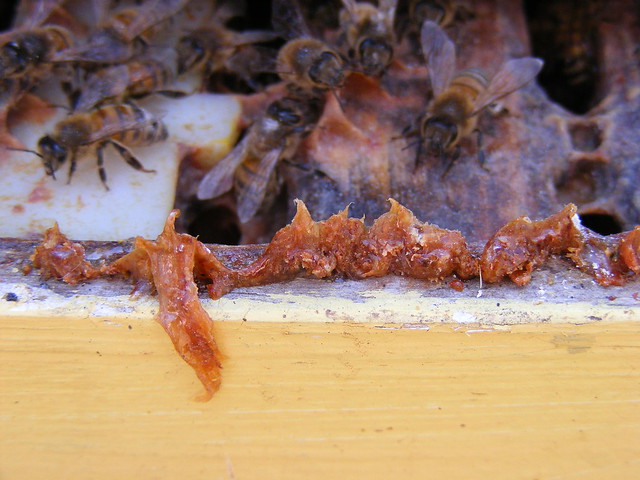Mike Palmer - The Sustainable Apiary talk
In this video Michael Palmer speaks to the Prince Williams Regional Beekeepers' Association about his practice of overwintering nucs to make up for loses as opposed to buying new colonies.
In part one he covers the benefits of of overwintering nucs, choosing which colonies to use to make your nucs, how to create the nucs.
In part two he looks at some of the unique management practices to this system and some of the equipment options.




